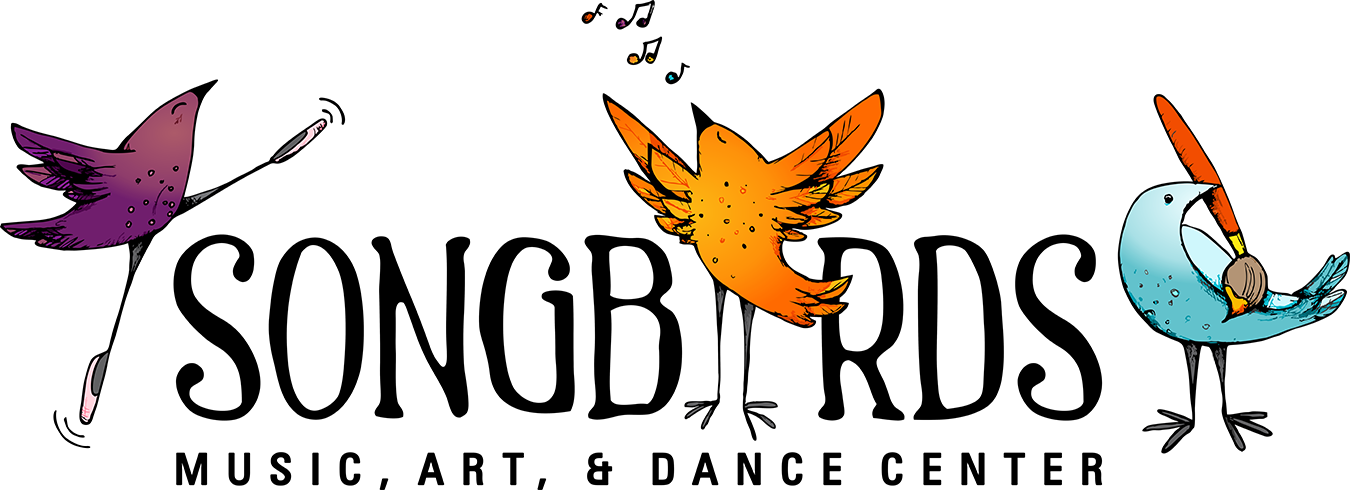Traditional Blues – Hurricane Projects!
Hurricane Blues
With Hurricane Ian just around the watery corner, most of us in Florida expect a day or two (hopefully not more…!) of boredom as we wait for the storm to pass. Assuming that it’s just a lot of rain, hurricanes can be quite dull, especially when the power goes out. I’ve already planned a couple of house cleaning adventures! However, sitting around is a great opportunity to start a new art project or write something new – and what better than some old-fashioned Hurricane Blues?
Traditional Blues Format
Grab your instrument, a notepad, and something to write with! The blues has been around for a long time and is the child of spirituals and traditional call-and-response slave songs. Its blending and evolution gave birth to rock and roll, hip-hop, rockabilly, country, and pretty much every popular genre on the radio if you trace far enough down the lineage. Fortunately, traditional blues follows a specific pattern and is very repetitious.
The Twelve Bar Traditional Blues Structure Is:
1 | 1 | 1 | 1
4 | 4 | 1 | 1
5 | 4 | 1 | 1 (or 5)
We commonly see chords written with Roman Numerals, but I’ve simplified it to regular numbers to make it easy. The numbers in the pattern represent the chords that you should play for your blues song. Let’s say that we are in the key of C Major, one of the simplest keys to visualize. If you are playing piano, it only uses white keys.
The C Major scale looks like this:
C – D – E – F – G – A – B – C
If we were to expand on this scale and turn it into the chords for C Major (also called the Diatonic Chords), it would look like this:
C – Dm – Em – F – G – Am – Bdim – C
Lastly, let’s number the chords of the scale. That would look like this:
C – Dm – Em – F – G – Am – Bdim – C
1 – 2 – 3 – 4 – 5 – 6 – 7 – 1
If you apply these chords and their respective numbers to the Twelve Bar Traditional Blues, our correct format for the Blues in C is:
C | C | C | C
F | F | C | C
G | F | C | C (or G)
*Note: You can make this sound a lot “bluesy-er” and authentic by making each chord a dominant chord if you know how to do that. For example, C would be replaced by C7.
Taking It Farther:
Now that we’ve made the Twelve Bar Traditional Blues in C, you can apply the same structure to any key if you know the proper key signature. If you need help, use a handy image of the Circle of Fifths. If you’re not sure how to do that yet, stay tuned for further posts regarding the music theory that makes the rules work the way that they do!
Stick with the C Major Blues if this is your first venture with Blues or more involved music theory nonsense. 🙂
Meter:
Like most music, Blues can be in a variety of awesome meters! Most commonly, it’s in 4/4 time or 6/8 time, though. In the format above, each chord or space represents an entire measure (also called a bar). Twelve measures make up the entire structure. Stick with using 4/4 for now if you’re a beginner, but don’t be afraid to try out 6/8 when you’re ready! I personally love a good 6/8 blues.
Lyrics:
Here’s the fun part! Blues lyrics are often simple and repetitive, but they still pack a punch! Try to find a single idea and frame it with a contrasting thought. A conflict and a resolution work beautifully. Blues also has a lot of humor, so start with a good joke if the idea of writing “serious” music is too tough! Most songs are structured like this:
Initial Idea, or Conflict (four bars)
Repeat or Embellishment of the Initial Idea (four bars)
Contrasting Idea or Resolution (four bars)
Lovers of poetry could compare this to an A / A / B structure. Feel free to steal any of these original lyric ideas as I anticipate Hurricane Ian’s arrival:
The house is starting to smell
Yeah there’s a stench here in my house
I forgot to start the dishwasher, oh well.
It’s been raining here for two whole days
It’s been pouring here for two whole nights
I’ll build a boat if Ian’s here tomorrow
Oh I didn’t do the laundry
No, I didn’t do the laundry before the storm
There's only one pair of socks and they can’t take much more
I can’t find my batteries
Can’t see my own two feet
Suppose I should go to bed since the batteries are all gone
*Note: the very last bar of the form is called the turnaround. It’s often where cool solos, musical tricks, and vocal riffs can be heard. Feel free to throw some pizzazz in for your turnaround!
It’s a Wrap!
I hope that this simplifies the Traditional Blues and makes it a bit more accessible. Try your hand at experimenting with it during the storm. Use an instrument or just your voice! If you come up with anything that you are particularly proud of, send it to us at Songbirds! Stay tuned for more posts to our Knowledge Blog, and most importantly, stay safe during Hurricane Ian and other storms to come!

